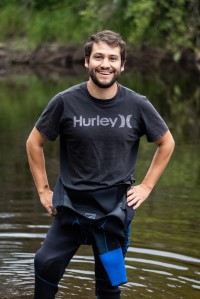
Miguel Montalvo
Ph.D. Student
Email:
[[v|mmontalvo]]
Office:
Fisheries Science Laboratory 110
Advisor:
{{https://www.vims.edu/about/directory/faculty/hilton_ej.php, Dr. Eric Hilton}}

